As a means of contrast with the sublime, the grotesque is, in our view, the richest source that nature can offer
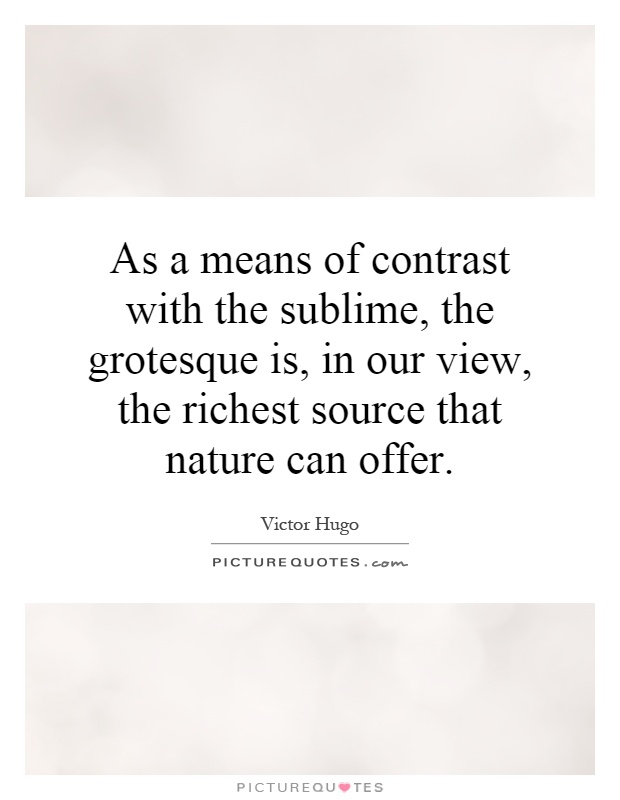
As a means of contrast with the sublime, the grotesque is, in our view, the richest source that nature can offer
Victor Hugo, the renowned French writer, poet, and playwright, was a master at exploring the contrasts between the sublime and the grotesque in his works. In his view, the grotesque was the richest source that nature could offer as a means of contrast with the sublime. This juxtaposition of beauty and ugliness, of the divine and the monstrous, allowed Hugo to delve into the depths of human experience and emotion in a way that was both profound and unsettling.Hugo's fascination with the grotesque can be seen in many of his works, most notably in his novel "The Hunchback of Notre-Dame." The character of Quasimodo, the deformed bell-ringer of the cathedral, is a perfect embodiment of the grotesque. His physical appearance is repulsive, yet his soul is pure and noble. Through Quasimodo, Hugo explores the idea that true beauty lies not in outward appearances, but in the depths of the human heart.
In "Les Misérables," Hugo continues to explore the contrast between the sublime and the grotesque through the character of Jean Valjean. Valjean is a man who has been hardened by years of suffering and injustice, yet he is capable of great acts of kindness and compassion. Hugo uses Valjean's story to show that even in the darkest of circumstances, there is still the potential for redemption and grace.
Hugo's fascination with the grotesque can also be seen in his poetry, particularly in his collection "Les Contemplations." In poems such as "Booz endormi" and "La Conscience," Hugo explores the darker aspects of human nature, delving into themes of guilt, sin, and redemption. Through these poems, Hugo shows that the grotesque is not something to be feared or shunned, but rather embraced as a vital part of the human experience.



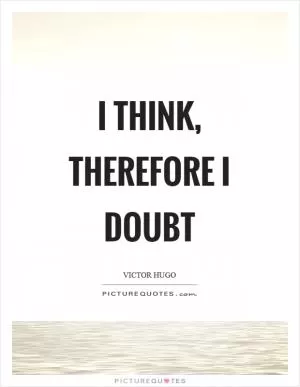
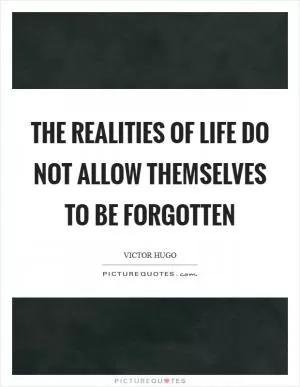
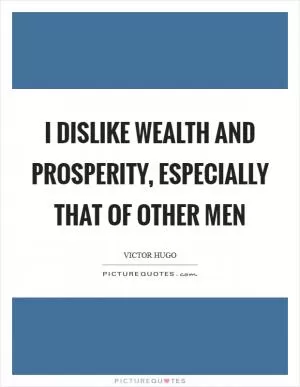
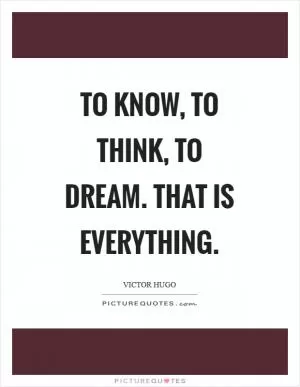
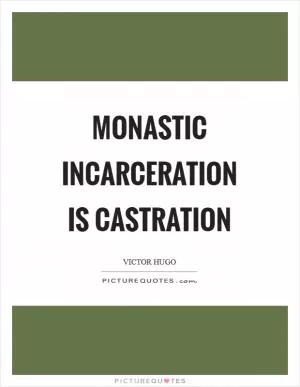
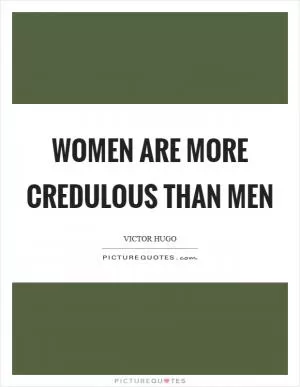

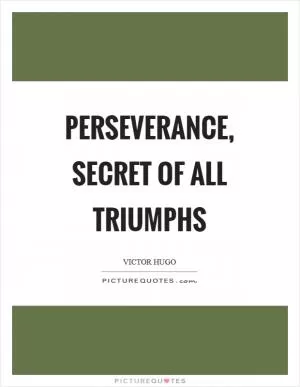
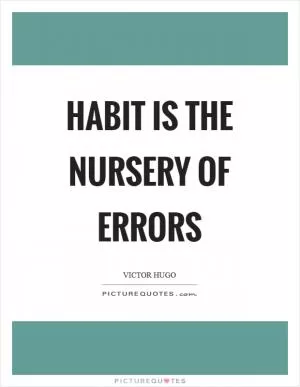
 Friendship Quotes
Friendship Quotes Love Quotes
Love Quotes Life Quotes
Life Quotes Funny Quotes
Funny Quotes Motivational Quotes
Motivational Quotes Inspirational Quotes
Inspirational Quotes